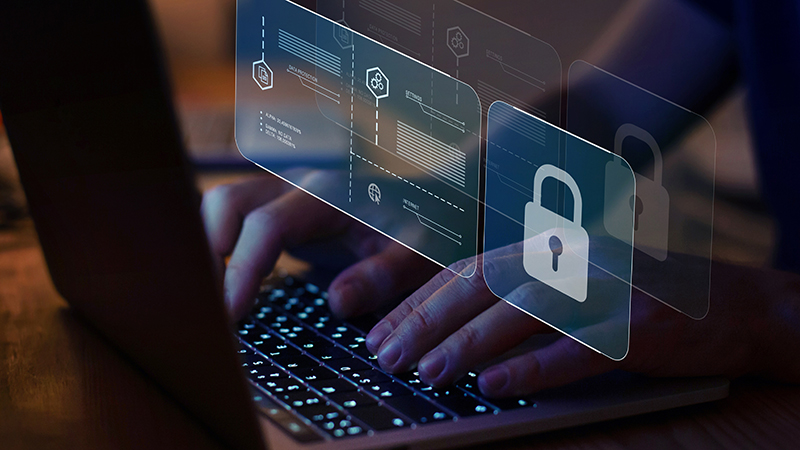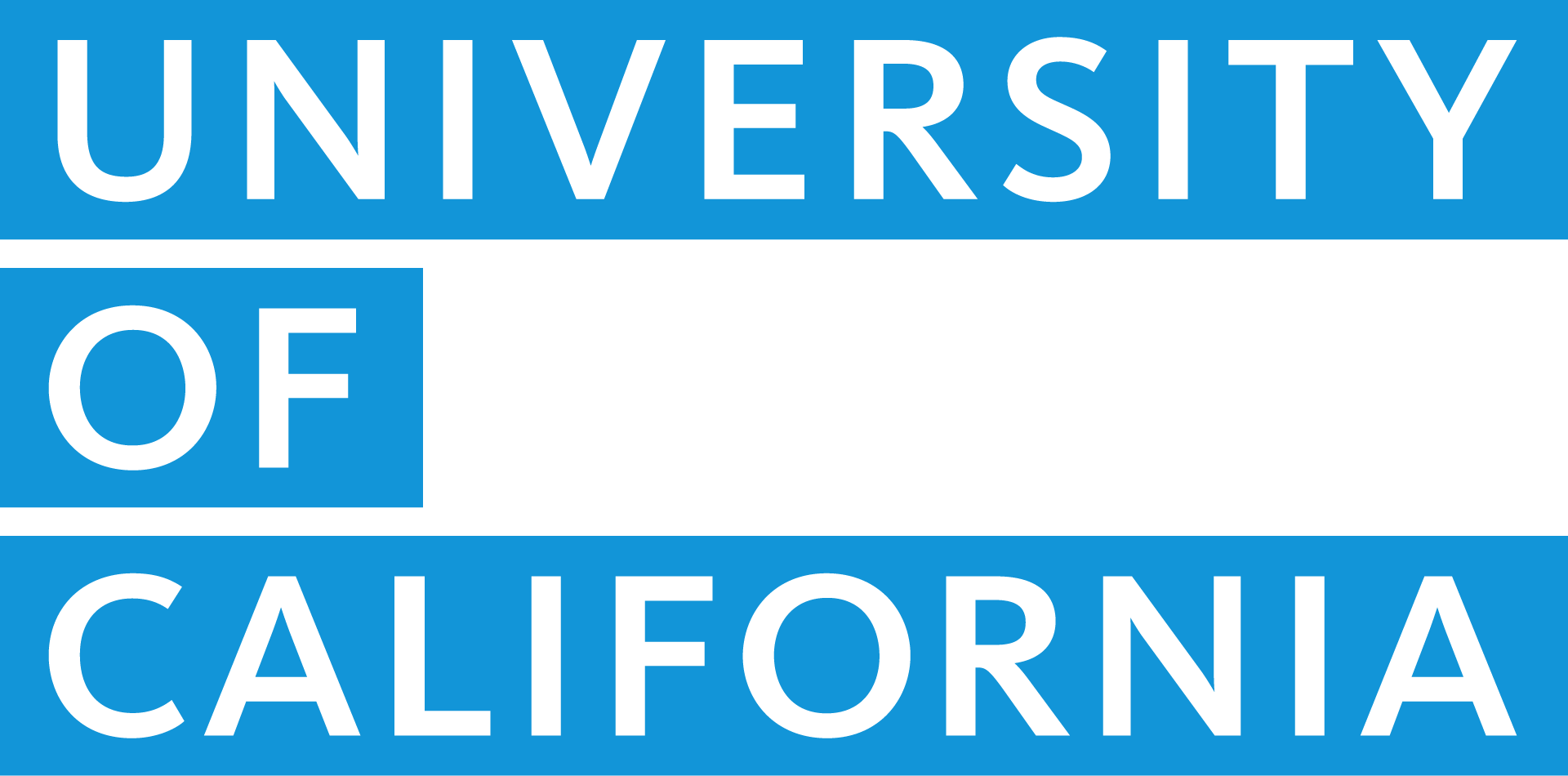Enhanced direct deposit security is coming to UCPath on Aug. 24
Share This Article

Starting August 24, UCPath is upgrading direct deposit security measures to further protect your financial data.
What to expect
- When you visit the UCPath website to view or update your direct deposit information or how your paycheck is distributed, you will need to provide an active bank account number linked to your current direct deposit.
- You will have three attempts to provide a correct bank account number. If you do not provide a correct bank account number, you will need to wait until the next day to try again.
Plan ahead
If you plan to view or update your direct deposit details, be prepared to enter your bank information to complete the process.
How this update helps to protect your account
Earlier this year, UC employees were targeted by sophisticated phishing schemes that compromised user names, passwords and even answers to security questions. This updated authentication process makes it more difficult for hackers to bypass our security measures.
More tips for protecting your UCPath account
- Sign up for free identity theft protection. UC provides a comprehensive identity protection program through Experian, paid for by UC, for UC employees, retirees and their dependent children up to age 18.
- Do not respond to emails or texts requesting your password, security question answers or other personal information. UCPath will never contact you to request this information.
- Pause before you click or enter your credentials. Be cautious with links, login prompts and messages asking for login information. Only enter your username and password on trusted UC login pages — and never approve a Duo push you didn’t initiate, no matter how many times you are prompted.
- Before entering your username and password, be certain that you are on an authentic UC login page. Check email senders, website URLs and login pages closely. Look for misspellings, inconsistencies or anything unusual. When in doubt, don’t proceed — report it instead. Attackers may try to mimic legitimate login interfaces — check closely and don’t proceed if the appearance or behavior of the login page is unexpected.
- Bookmark frequently visited UC websites, such as UCPath. This will help you avoid landing on fake pages from malicious ads or search results. Avoid clicking links from unknown sources or third parties.
Report suspected phishing activity
For additional questions or concerns regarding the security of your UC accounts, contact the cybersecurity team at your location.
Get more tips on protecting your data from the National Cybersecurity Alliance.
